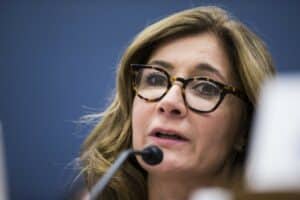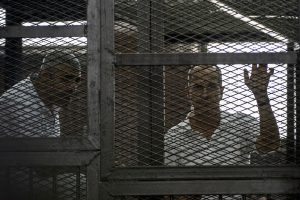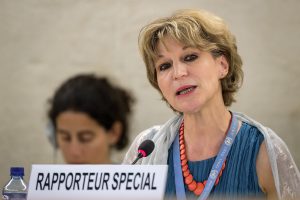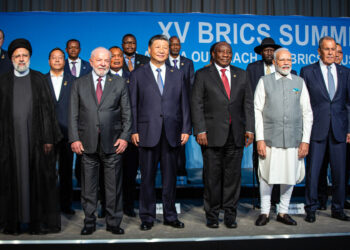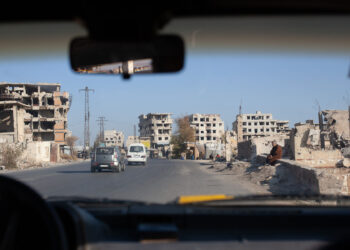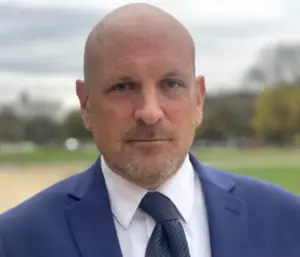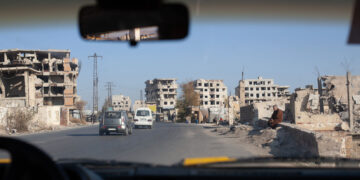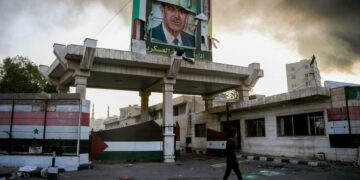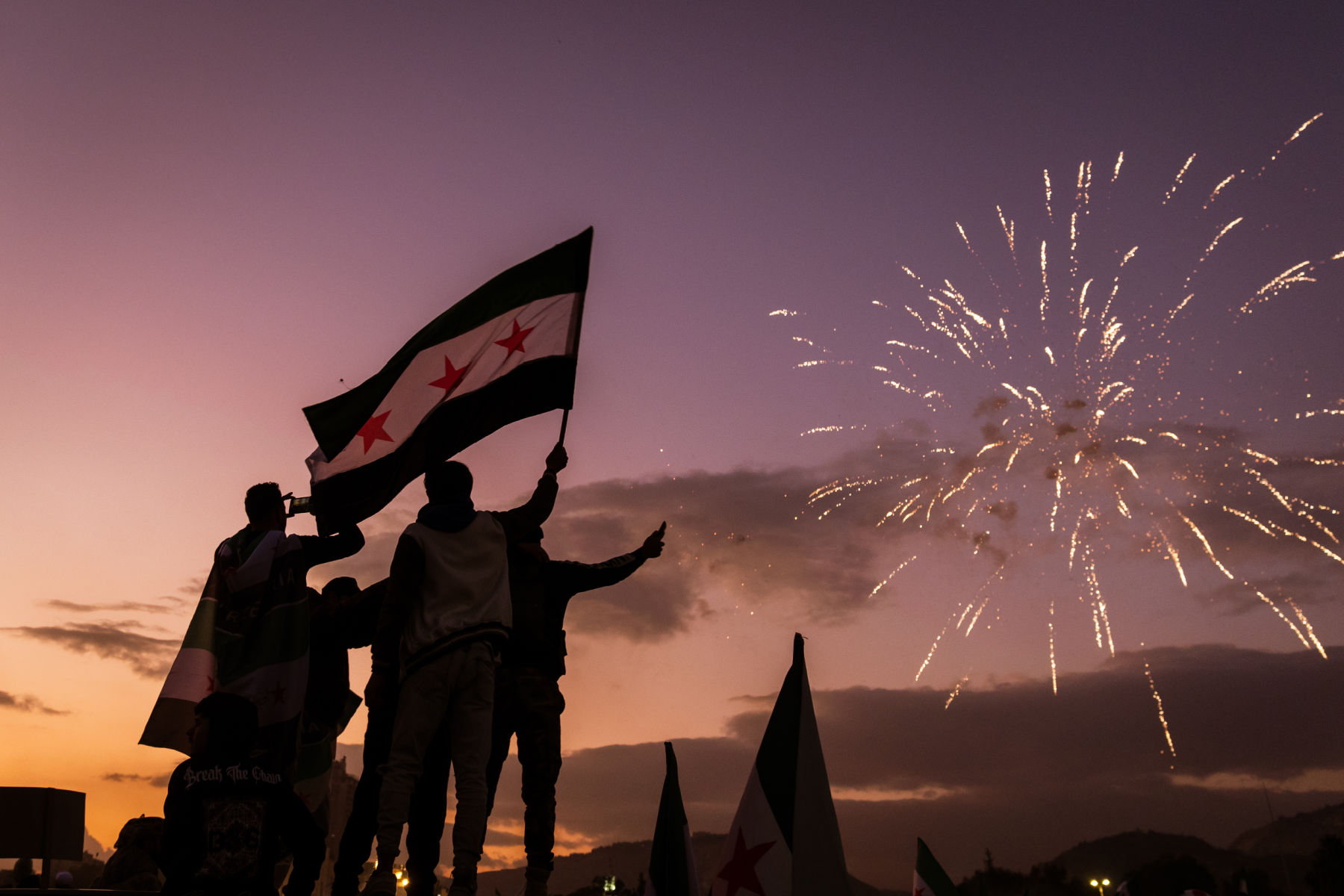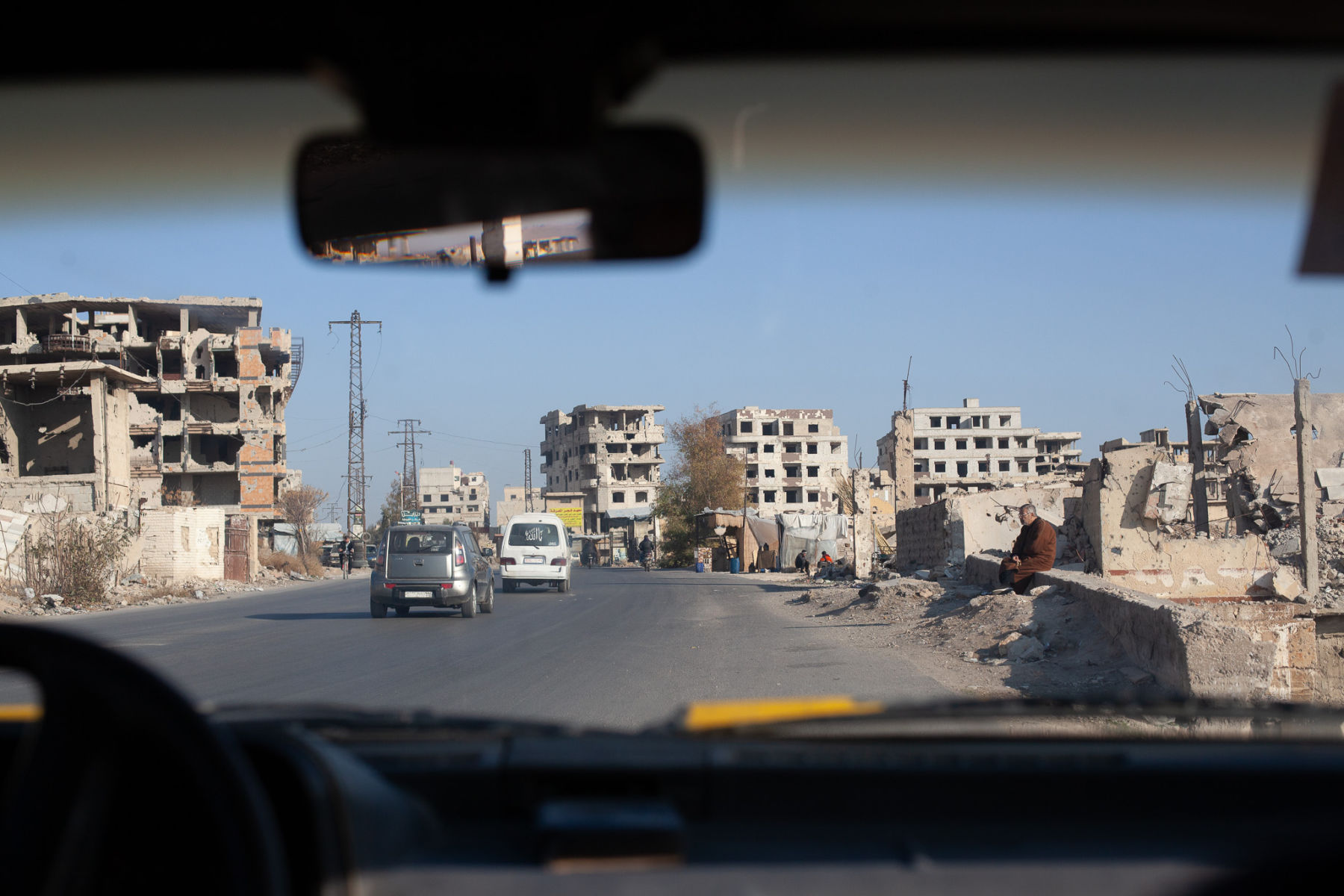Kourosh Ziabari is an award-winning journalist from Iran and a correspondent for Asia Times.
At least five girls' schools in Iran reported poisoning attacks at the end of the recent Nowruz holidays, adding to the spate of poisonings of schoolgirls in the country going back to late last year. In the city of Tabriz, 20 schoolgirls were taken to the hospital with breathing difficulties this week, according to the head of the provincial emergency department, as reported by Iran's semi-official Isna news agency. Last month, U.N. experts expressed their outrage at the attacks, which at the time had poisoned more than 1,200 schoolgirls across Iran. "We remain gravely disturbed by the fact that for several months, state authorities not only failed to swiftly investigate the attacks, but repeatedly denied them until recently," the experts warned.
It took more than three months for Iranian officials to react to a wave of reports of students falling ill and being hospitalized after inhaling toxic gases at schools. The first incident happened on Nov. 30, 2022, when 18 students from the Nour Technical School in the city of Qom were taken to the hospital after experiencing respiratory distress, heart palpitations and headaches. In the days that followed, more than 10 girls' schools in the same province were targeted.
Iranian authorities didn't take these early reports seriously, dismissing them as mere "rumors." Like most crises in Iran, they sat on their hands until a national uproar. The source of the poisonings has still not been identified, but there is one common denominator: toxic gases released on the compounds of girls' schools by unknown perpetrators, resulting in hospitalizations, followed by parents rushing to remove their children from classrooms for fear of similar attacks.
In late February, Iran's deputy health minister, Younes Panahi, said that "it became evident that some people wanted all schools, especially girls' schools, to be closed down." His statement confirmed suspicions of a growing number of Iranians that the poisonings were targeted and deliberate—the suspected work of radical elements within the clerical establishment opposed to girls' education that sought to enforce an Iranian iteration of the Taliban's policy of excluding women and girls from public life.
"The IRGC acts swiftly in identifying and arresting women's rights activists, journalists and, in general, the opposition as soon as they defy the state's mandates. How come it has taken the state months to take any action?"
- Nadia Aghtaie
According to recent figures from human rights groups and government officials, a total of 7,000 students have been poisoned across 28 of Iran's 31 provinces since November. The actual figures could be much higher, given the limited amount of information shared by the government on the magnitude of the mass poisonings. In early March, for example, the province of Khuzestan alone reported that 700 poisoned students had been taken to health clinics, 200 of whom were still being treated. The Associated Press, citing Iranian human rights groups, reported that at least 290 schools have been attacked in all.
In several cities, apprehensive parents gathered in front of provincial offices of the Ministry of Education and protested the government's apparent apathy and lack of action. Criticism mounted of President Ebrahim Raisi's deeply conservative administration for failing to protect students, as a disgruntled public bemoaned an incompetent government they believed didn't care that students, and in particular girls, were being targeted this way en masse.
The first person arrested in connection with the poisonings was not a suspected perpetrator but a journalist who reported on the attacks: Ali Pourtabatabaei, the editor of a local news website who covered the targeting of schools in Qom. He was taken into custody on the morning of March 5. An official reason was not given for his arrest, but it is widely speculated that the authorities detained him for his role in breaking the story of the first school poisonings in Qom, Iran's religious center, which is home to half of the country's Shia's clerics. His arrest was a testimony to the fact that the Islamic Republic perceives the news of the crisis as the real concern, rather than the crisis itself.
Faced with soaring public anger, the Iranian leadership eventually responded. On March 6, Supreme Leader Ayatollah Ali Khamenei called the poisonings "a huge and unforgivable crime" and said that anyone behind them "should face the maximum penalty." Iran's chief justice, Gholam-Hossein Mohseni-Ejei, then declared that anyone involved in the school attacks would be charged with having committed "corruption on earth," which under Iran's Islamic penal code carries the death sentence.
The Ministry of Interior announced on March 12 that some 100 people in 11 provinces across the country had been arrested for their connections to the poisonings. The ministry's statement, however, raised more questions about the government's handling of the crisis, especially against the backdrop of mass protests largely led by Iranian women that erupted last fall. The ministry noted that among those arrested were people who had "hostile motives" and aimed to make Iranians "skeptical about the establishment." A conservative lawmaker even went as far as claiming that these suspects were in touch with foreign intelligence services, including entities based in Israel. Although nothing is clear at this point and investigations are ongoing, allegations of connections with foreign spy agencies, and especially Israeli intelligence, are a familiar canard for Iranian hard-liners, especially in cases with national security significance.
Many Iranians and observers abroad have been asking why the government tiptoed around taking any action against whoever was behind the school poisonings—and why a police state like Iran would wait so long before deploying officers to guard schools after so many students were sickened this way. An intransigent government with a notorious and formidable security apparatus—which can easily track and arrest a woman who posts a picture of herself on social media in a Tehran restaurant dining without a compulsory hijab—was somehow not able to track and arrest people apparently entering school campuses in broad daylight to release toxic gases in classrooms. To many Iranians, this failure sounded implausible.
"The IRGC acts swiftly in identifying and arresting women's rights activists, journalists and, in general, the opposition as soon as they defy the state's mandates. How come it has taken the state months to take any action?" said Nadia Aghtaie, a senior lecturer in gender and violence at the University of Bristol, referring to the powerful Islamic Revolutionary Guard Corps.
"There are some unsolved mysteries with the poisonings. However, some of its aspects are clear: They are intentional, they are spreading, and they are occurring in the context of the months-long protests of the 'Woman, Life, Freedom' revolution."
- Mona Tajali
Coupled with the health authorities' refusal to share the full details of poisoning diagnoses with parents in several cases, these questions fuel two dominant assumptions about the poisoning attacks among many Iranians. First, there might be religious fundamentalists who want to scare girls away from schools and raise the cost of women's continued access to education in the long term. Second, some deeply reactionary elements within Iran's multilayered regime may have been looking to take revenge on young girls for their pivotal role in the recent protest movement, which rallied around the slogan of "Woman, Life, Freedom."
"There are some unsolved mysteries with the poisonings," said Mona Tajali, associate professor of international relations and women's, gender and sexuality studies at Agnes Scott College. "However, some of its aspects are clear: They are intentional, they are spreading, and they are occurring in the context of the months-long protests of the 'Woman, Life, Freedom' revolution."
"The schoolgirls and the viral images and videos that they shared [of their protests] clearly spoke to the level of their anger and the loss of legitimacy of the regime in their eyes," she added. "It is possible that such women- and girl-led actions, in which large sections of the society also supported them and showed them their support, have made extremist forces within the regime feel very threatened, and thus has motivated them to take revenge or to maintain the patriarchal status quo."
Women's education in Iran has rarely been such a controversial matter, despite the many restrictions on women's rights. Although there is widespread gender segregation, and women are barred from enrolling in dozens of university disciplines, the right of girls and women to study and receive school and university education hasn't been widely contested since the Islamic revolution.
According to Shervin Malekzadeh, a visiting assistant professor at Colgate University, enabling women to study is one way that the Islamic Republic asserts its legitimacy and paints itself as an Islamic country with a modern ideology. He doesn't rule out that radical factions exist, who are primed to capitalize on every opportunity to instill fear among Iranian women and girls and disincentivize them from seeking education. But these forces have been largely unsuccessful in blocking those pathways to education.
"The radical factions have not, at least since the time of [Former President Akbar Hashemi] Rafsanjani, and even during the awful years of [Former President Mahmoud] Ahmadinejad, been able to impose or achieve their reactionary views in the area of schooling," Malekzadeh said. "Again, the logic and interests of the establishment, as well as the authorities in charge of the bureaucratic apparatus administering the schools at the pre-university and university levels, need women to succeed."
The Taliban's consolidation of power in neighboring Afghanistan and the inroads they have made in eliminating Afghan girls and women from public life has inspired the most extreme clerics and political streams in Iran. They likely have been emboldened by what they see unfolding in Afghanistan and may be leveraging new tactics, including terrorizing schoolgirls, to follow the Taliban's example.
Battalions of hard-liners could also be trying to deter girls and young women from schools and universities given how education in Iran has evolved in recent years. Girls' education in Iran is no longer as conducive as it once was to training zealous, pious and "revolutionary" women serving the ideological goals of the Islamic Republic, as students have become more critical and liberal-minded with the education they receive.
"Currently, education is a mobilizing force in Iran for women, and the state's attempt to Islamize the society through education has failed," Aghtaie said. "This is why there is the view that those within the establishment want to reverse the state's education policies and force female students to stay at home."

